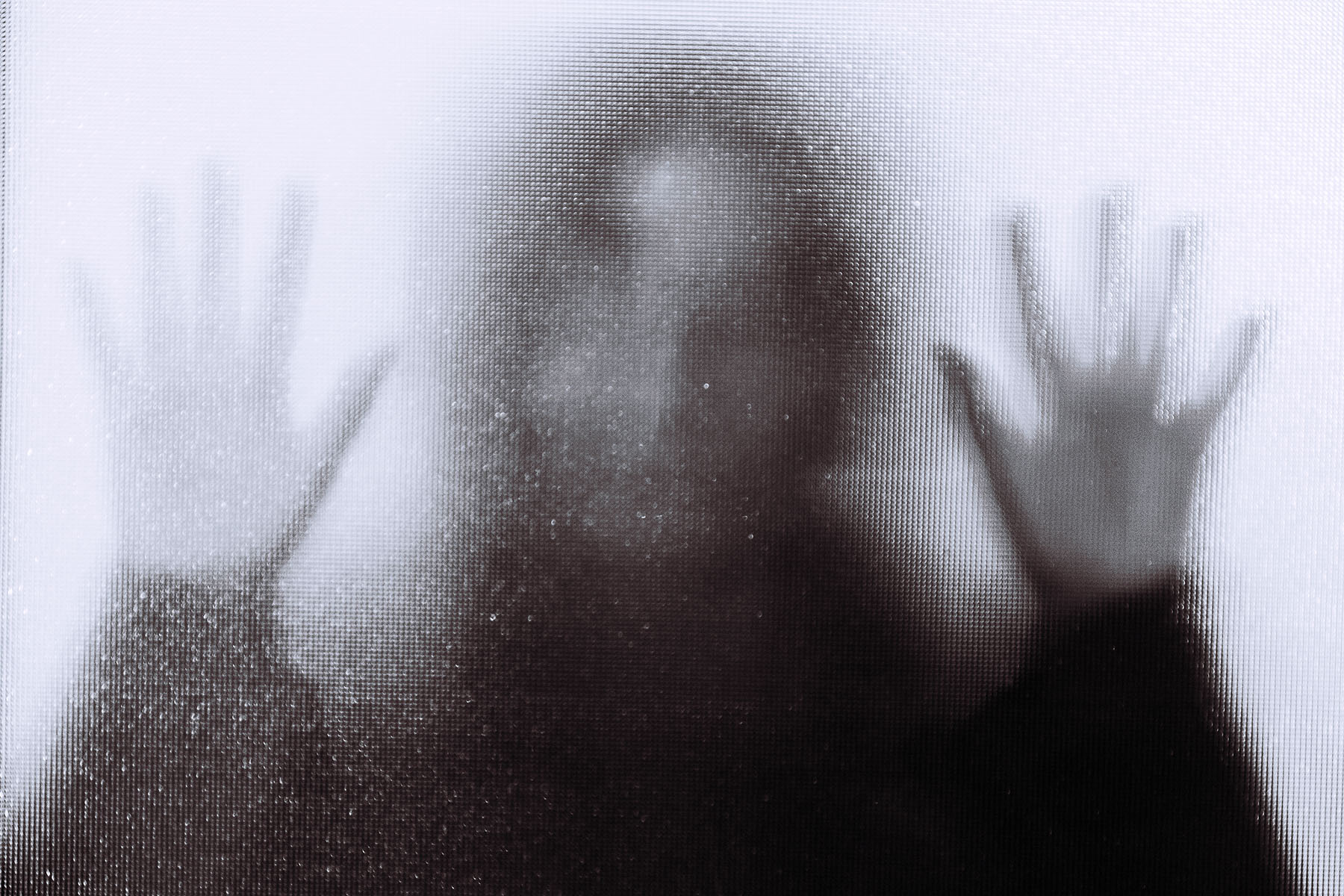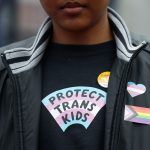Existing research shows that LGBTQ+ youth are at a greater risk of disenfranchisement that will put them on the path to prison. Yet how their mental health is affected while incarcerated, and the details of what they experience behind bars, is barely studied, experts say — dampening urgency to demand resources and inclusive policies.
In Minnesota, queer girls and LGBTQ+ youth of color are the most likely to be kept in juvenile correction centers, according to a recent study from the Williams Institute at the UCLA School of Law looking at the mental health experiences of youth in those facilities and public schools. While incarcerated, LGBTQ+ youth experience more suicidal ideation and are more likely to attempt suicide or self-harm — compared to both their incarcerated straight, cisgender peers and LGBTQ+ youth in the public school system.
Researchers that The 19th spoke with expect that LGBTQ+ youth in other states go through similar experiences of negative mental health while incarcerated — but they don’t know for sure, since the Minnesota Student Survey, the data on which the Williams Institute study is based, is the most comprehensive account of how incarceration can impact the mental health of queer youth that these experts have seen so far.
LGBTQ+ youth are probably entering custody with worse mental health than their peers, due to prejudice and discrimination, said Kirsty Clark, lead author of the study, and assistant professor of medicine and public policy at Vanderbilt University. But, their analysis also found — that even when controlling for exposure to childhood abuse and neglect, incarcerated LGBTQ+ youth still have higher risk for suicidal ideation and self-harm than others.
“What that’s telling us is that there might be something unique about incarceration for sexual and gender minority youth, that’s predicting these poor outcomes over and above their peers,” Clark said.
-
More from The 19th
- Success of ‘slavery on the ballot’ measures could help incarcerated pregnant people of color
- Senate bill aims to improve care for pregnant women and babies in federal prisons
- ‘We can’t take this for granted’: Black LGBTQ+ women and nonbinary leaders celebrate Brittney Griner’s release
If more states captured data on the mental and physical experiences of incarcerated LGBTQ+ youth, and worked to understand the best ways to safely obtain such data (like determining how youth want to be polled when they cannot safely be out), a clearer picture would unfold. Existing research, which includes datasets focused on California and New York, has found that LGBTQ+ youth of color are overrepresented in the country’s juvenile justice system, as seen in studies by the Movement Advancement Project and the Urban Institute.
Queer girls are also overrepresented in juvenile detention centers. In a 2017 study, the Williams Institute found that almost 58 percent of detained girls counted by the National Survey of Youth in Custody in 2012 identified as LGBTQ+.
Bianca D.M. Wilson, senior scholar of public policy at the Williams Institute, said that while queer girls of color are overrepresented among juvenile detention facilities, more research is needed to understand where that inequality begins in the criminal justice system.
Researchers need to understand more about where in that pipeline — whether it’s at the point of arrest, dealing with probation or truancy, or sentencing — sexual orientation and gender identity become a basis for disproportionate policing, Wilson said.
Likely reasons for the higher rate of poor mental health among detained LGBTQ+ youth include isolation, a higher risk of being victimized behind bars by other inmates or staff and a lack of gender-affirming health care. LGBTQ+ youth may also be targeted for sexual violence and greater administrative punishment compared to their peers.
Ilan Meyer, senior scholar of public policy at Williams Institute and co-author of the study, worries about the cascading effects of being held in custody while dealing with the discrimination that makes many LGBTQ+ youth — and especially youth of color — more targeted by police than other kids in the first place.
“What pains me personally is what future are they going to have, and how are they going to be helped while they’re in custody, which is supposed to be corrective for youth?” he said.
In Minnesota, LGBTQ+ youth in correctional facilities counted by the state survey in 2019 were, on average, 15 years old. That age is significant to Clark and Meyer when discussing the seriousness of the trauma experienced while in custody, considering 42 percent of those kids had considered suicide. “Many kids are, at that time, just figuring out who they are,” Clark said.
Measuring the experiences of people who are incarcerated is difficult regardless of their sexuality, said Gabriel Schwartz, social epidemiologist and postdoctoral fellow at the Institute for Health Policy Studies at the University of California, San Francisco. Seeing an analysis like this one, for the first time, feels important to him.
“This paper, to me, shows that it’s not just that queer people are overdisciplined in schools, overpoliced in their lives, overincarcerated — it’s that we then see that translate into real systemic violence against these queer youth to the extent that substantial portions of them want to die and are taking steps to kill themselves. And that is horrifying,” Schwartz said.
The Minnesota study offers unique data, since researchers don’t have enough information to get a full picture about what LGBTQ+ youth experience behind bars, Wilson said. Obtaining data on mental health is necessary, she said — but so is collecting more data among kids in school who are suspended and expelled, that includes LGBTQ+ status. That information would be key to learn more about the school-to-prison pipeline for queer youth, she said.
Previous research has found that queer youth, especially youth of color, are more likely to be disciplined in school. That early discipline may be part of what puts some queer youth on a pathway to prison, Schwartz said. That path, as shown in Minnesota’s data, ends in strong suicidal urges while incarcerated underlines the importance of keeping LGBTQ+ youth out of the criminal justice system altogether — and to not ignore queer and trans youth in policy decisions, he said.
An important part of the data collected by the Minnesota Student Survey is that it includes information on the mental health of LGBTQ+ youth in public school as well as the mental health of incarcerated LGBTQ+ youth (and their cisgender, straight peers). Being able to compare all of that data — especially since LGBTQ+ youth overall suffer from poor mental health — allows researchers to distill unique experiences among those who are incarcerated.
Improving how all youth are treated while incarcerated is a good place to start, Schwartz said — since doing that could help queer youth, while not requiring juvenile corrections facilities to implement targeted approaches that require currently unknown data.
Researchers said that creating mental health services in prisons would specifically help queer youth, plus improving mental health services in schools and in foster care to hopefully lessen their chances of being on the pathway to incarceration in the first place.
Queer Black women and nonbinary advocates agree that better data collection is needed for LGBTQ+ people in the criminal justice system — questions that capture gender identity and sexual orientation of those who are behind bars.
Kierra Johnson, executive director of the National LGBTQ+ Task Force, said that the federal government should expand research like the study seen in Minnesota.
“And frankly, I don’t want the federal government doing it by themselves. We know our communities. There are organizations … doing this kind of research. They just need the support to scale it,” she said.







